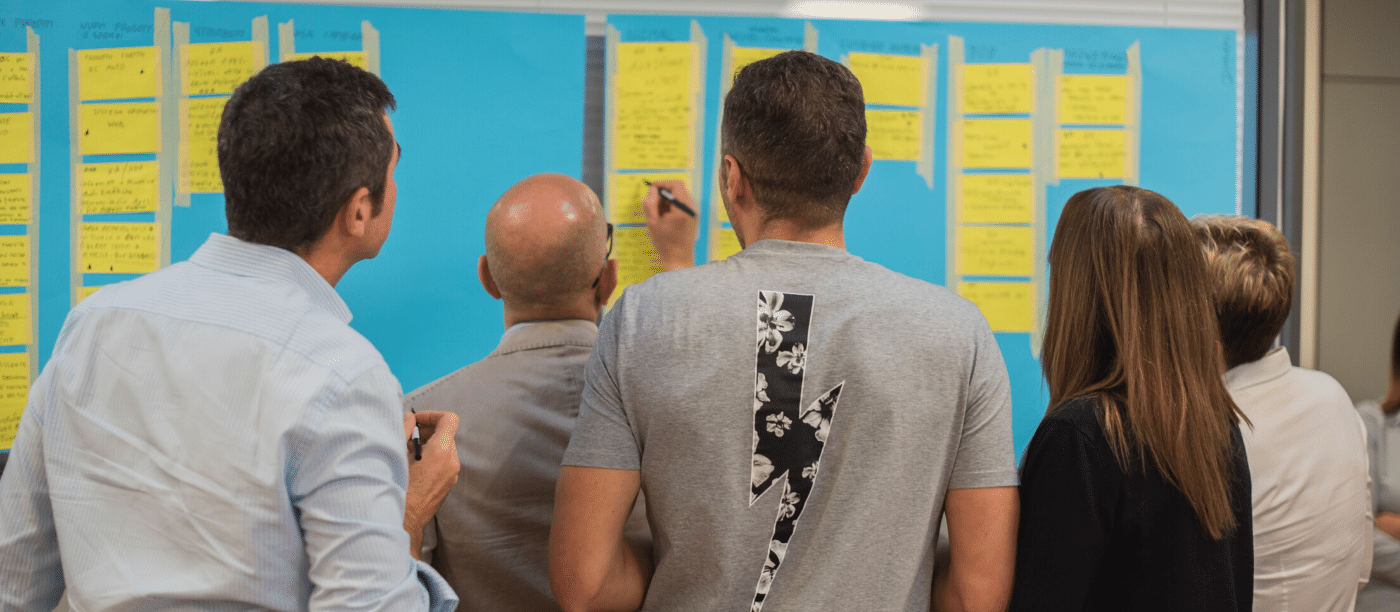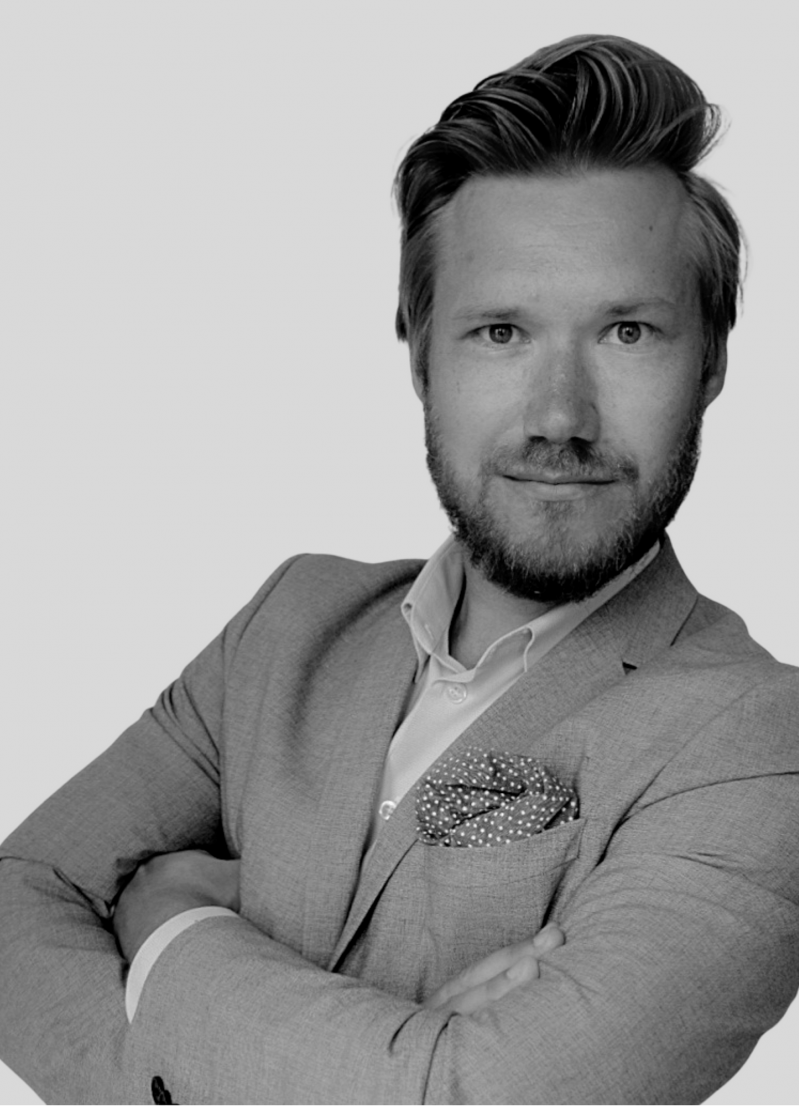In this blog series, you’ve seen how – often driven by technology – innovations can affect the way we live and work. Changing markets and customer needs make it necessary to adapt and sustain your unique selling proposition. If you don’t, competitors or new players could take over, such as Uber did in the transportation industry.
In our recent blog posts, we firmly focused on answers to the following: How can we foster an innovation mindset and ask the right questions? How can we produce smart ideas from the beginning?

Three idea-generating methods
We gave you an insight into some of our most promising methods we successfully apply in our customers’ environments and our internal innovation initiatives: How might we…?, Innovation Contest, and Regnose. So let’s have a short recall!
How might we…?
The How Might We (HMW) method points out the critical factors of the problem. The goal is to ask the right questions to lead the improvement process to focus on the best solution. The questions ideally create enough room to work on a wide range of solutions but narrow down the problem enough to give you guidance throughout the process.
Innovation Contests
The Innovation Contest is very versatile. It shall boost the process of idea generation by directly involving your most significant asset for innovations: your employees. A lot of them want to contribute. So let them bring forward their ideas and create an environment that is engaging and motivating.
Regnose
The Regnose method shifts the focus from problem-solving to the future vision. Instead of discussing obstacles, different development paths are outlined with the accomplished goal in mind. The central question “What is needed to reach the goal?” is constantly raised to define relevant subgoals. The method with this step-by-step connects vision and reality to a manageable master plan.

Beyond Idea Generation
The presented methods can help you establish an innovation mindset, engage people and constantly generate innovative ideas. They guide you to think outside the box and vanish thinking barriers. Of course, one method per se does not make an innovator. And even a good idea does not lead to success. Here’s what we consider as other relevant success factors for long-term innovation champions.
A Good Mix of Methods
Sustainable development means simultaneously innovating your business model, organization, processes, and products. From our experience, an ongoing and sustainable ability to innovate needs a good, tailor-cut mixture of methods. For example, process innovation requires other approaches than product innovations. And innovation is not a one-time task or project. A good combination of approaches will make a difference, and it is necessary to drive the innovation process continuously.
Vision and Mission
Innovation must not be a self-purpose. In our opinion, innovation power can only be unleashed when you know your vision and mission. Understanding this is the foundation to innovate toward your short- and long-term objectives.
Focus
Innovation frequently fails because of the half-hearted implementation of many ideas, implemented as side projects to daily business. And in many cases, those projects are not aligned with each other. A clear focus derived from and aligned with your vision and mission must lead to the distribution of limited resources. Identify the most promising ideas and concentrate your efforts on those.

Management Attention and Support
We frequently see enthusiastic employees or groups starting small innovation projects. But when it comes to required budgeting and upper management support, those movements far too often are stopped promptly—an excellent way to kill engagement and motivation.
Thus, innovation must have Management attention and support from the very beginning. This includes budgets and the provision of mentoring, risk appetite, and coordination of innovation projects.
Endurance and the Will to Fail
“I have not failed. I’ve just found 10,000 ways that won’t work.” This attitude of Thomas Alva Edison let him invent one of the most game-changing innovations in human history. Failure will be part of the game if you innovate your business model, organization, processes, and products. Avoiding the risk of failing is the best way to fail completely. Instead, you need to be persevering in terms of failure and change your way to fail.
Implementation Methods
We often see new ideas to be implemented over months or years without being tested in reality. After their release, the product not seldomly is a flop. What happened? Most likely, the assumptions about the customers’ requirements and behaviors were not correct.
We therefore strongly use agile methods and the general idea of Lean Startup by Eric Ries. The approach is to develop things in short feedback loops. Everything is geared to develop minimal viable products to test underlying assumptions fast and often in reality. Through this, failure is part of the process to figure out what is not working and confirm what is working.

Ready, set, go…
The bottom line is, setting the stage for innovation most likely will remove several inefficiencies, saving you time and hassle. Moreover, considering the mentioned success factors will help you establish the right mindset and the right environment for innovation to thrive. This especially applies to your business but also works for developments in your personal life.
If you are uncertain what method to use or how to achieve the mentions success factors, our suggestion is: Rather start small than not at all. You should give it a try!
Your company needs an innovation boost or help in related process or methodology matters? Are you interested in our approaches and eager to get more information? Please do not hesitate to contact us via E-Mail.
Tell us!
We hope that our articles gave you an idea of how innovation can support and improve your work and maybe sparked your creative spirit. Which method did you like best? Are our ideas feasible for you and your company? Do you want to read about other innovation methods? Feel free to contact us via E-Mail or any of our various communication channels.
Stay safe!
Your Tagueri Innovation Team

